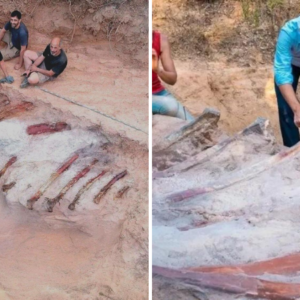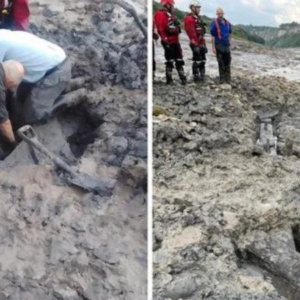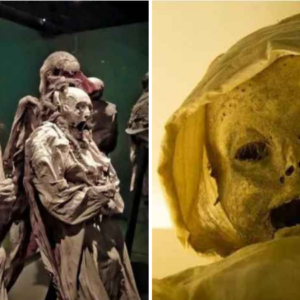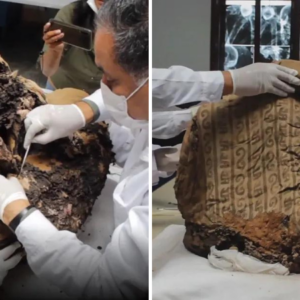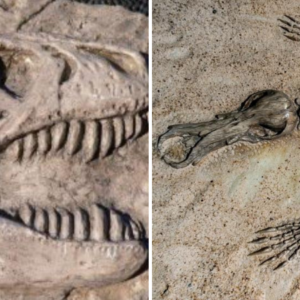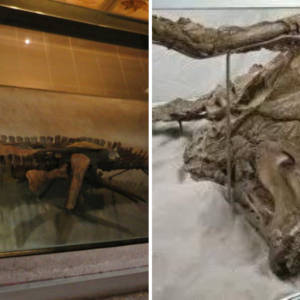Four 20,000-Year-Old Ancient Fossilized Glyptodons Unearthed by Argentinian Farmer
While transporting his young cattle, Juan de Dios Sota, an Argentinian farmer, made the discovery of his lifetime. He came across two giant-sized armadillos right under his feet which were known as the Glyptodon.
After he called the archeologists to help him discover what this discovery was all about they discovered two more fossils next to the two that the farmer reported.

According to official reports, they’ve been there for well over 20,000 years now, but they were covered by the river which was cleared out by the recent droughts.
Since they were all discovered next to each other experts stated that they’re all either member of the same family or they’re most likely just heading towards the same place, which was supported by the fact that they’re all staring down the same direction.

These Glyptodons used to roam our planet around 30 million years ago but they all went extinct around 10,000 years ago mostly because of the carnivorous bird known as the Terror Bird and funny enough, our early ancestors.

Humans used to hunt them down a lot, mainly because their five-foot-tall shell could serve as an extremely good defense when they were resting.

These armadillos were extremely tough, their shells were sturdy enough to block a modern bullet and even their least protected areas had bony deposits known as osteoderms which protected them from any normal blunt force hits.
